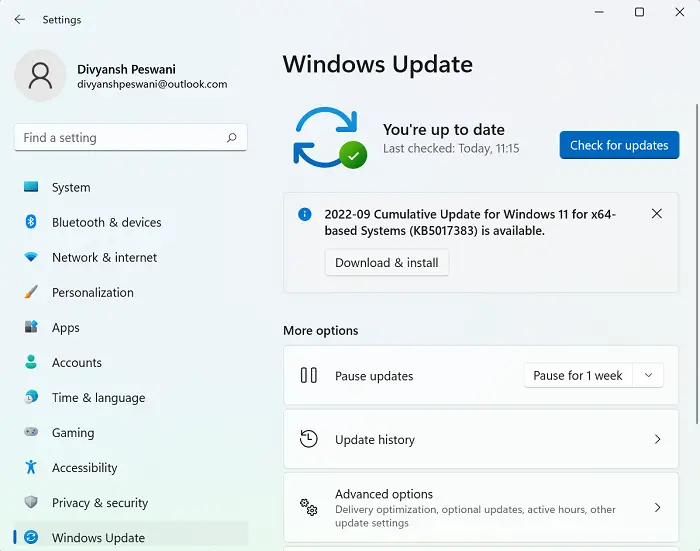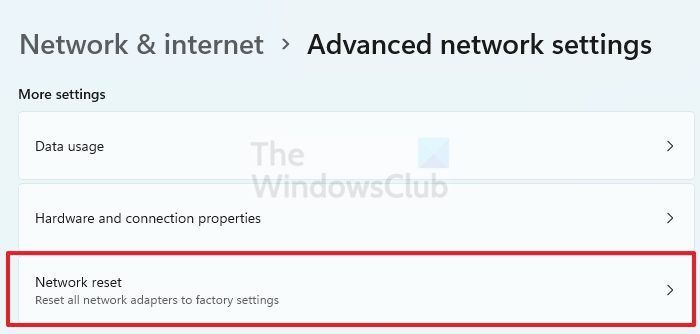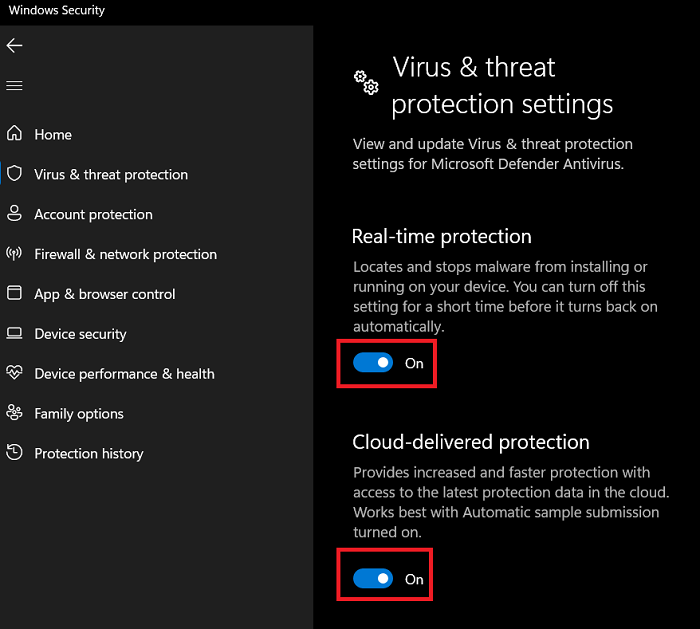Whenever Windows slows down or freezes continuously, the first culprit is assumed to be a troublesome task in the Task Manager window pushing the CPU usage high. If the task is Wifitask.exe, then here are steps you can take to resolve the issue.

What is Wifitask.exe process?
The Wifitask.exe process is a background process associated with the wireless network in Windows computers. Its full form is Wireless Background Task. It is located in the System32 folder. This file is a valid Microsoft file and the original file is not a virus.
Fix Wifitask.exe High CPU Usage
If you encounter high CPU usage for the Wifitask.exe process in the Task Manager of Windows 11/10, here are steps you can take to mitigate the issue.
- Manually update Windows
- Use Network Reset button
- Run SFC Scan
- Reset Windows Security Settings to default
- Disable Windows Defender and use alternative antivirus software
- Run a full scan with Windows Security as well as 3rd party standalone on-demand anti-virus
1] Manually update Windows

Microsoft is aware of the issue in discussion since it has been discussed over forums extensively. Thus, there is a chance that it will fix this problem in the future. If Microsoft does the needful, then the fix will be pushed to Windows users through Windows Update. Thus, updating your Windows computer can resolve the problem in the discussion.
2] Use Network Reset

Any changes to the settings of networks on a computer can result in problems like the one in the discussion. In this case, a Network Reset can be helpful. The procedure is as follows:
- Right-click on the Start button and select Settings from the menu.
- Go to the Network & Internet tab on the list on the left-hand side.
- In the right pane, scroll down to Advanced network settings.
- Scroll down and click on Network Reset.
- Select Reset now.
3] Run System File Checker
To replace potentially corrupted OS files you may run System File Checker.
In an elevated command prompt window which opens, type the following and hit Enter:
sfc /scannow
The sfc utility will run for a while and if any corruptions are found, replace them on reboot.
TIP: You can also scan & repair a single file using System File Checker.
4] Reset Windows Security Settings to default
Another cause behind the problem in discussion could be troublesome Windows Security settings. In this case, you can reset Windows Security or reinstall Windows Defender and reboot your system. Once these options have been reset, check if the problem has been resolved.
5] Disable Windows Defender and use alternative antivirus software

Since the Wifitask.exe process is associated with Windows Defender, you can consider disabling it and using free third-party anti-virus software instead. It is a known fact that these software products are usually better than Windows Defender. The procedure to disable Windows Defender is as follows:
- Search for Windows Security in the Windows Search bar.
- Open the application.
- Go to the Virus and threat protection tab on the list on the left-hand side.
- In the right pane, select Manage settings.
- Turn the switch OFF from Real-time protection and Cloud-based protection.
6] Run a full scan with Windows Security as well as 3rd party standalone on-demand anti-virus
A virus may be causing the issue in the discussion too. In this case, a full system scan could be helpful. First try scanning your system with Windows Security. This scan is free of cost and quite effective. Other than this, you can try scanning your system with a third-party anti-virus program. We have a recommendation for a few free third-party anti-virus programs.
Is Wifitask.exe a virus?
While the original file of Wifitask.exe is not a virus, cyber-criminals use the trick of disguising the virus file with the name of a genuine file. In this case, you can verify the location of the file as follows:
- Search for Task manager in the Windows Search bar and open the application.
- Click on Open file location.
- If the file location is C:\Windows\system32\wifitask.exe, then everything is good.
- Else, perform a full system anti-virus scan using a free third-party anti-virus software.
What is a normal CPU usage percentage?
A healthy CPU usage percentage is less than 10% but it may increase when the system runs critical background processes. In that case, the percentage might shoot till 40-50%. You can shift these critical processes to a less important time slot. Thereafter, you can kill non-critical processes to ease CPU usage.
Will adding RAM fix high CPU usage?
No, adding RAM will not impact the CPU use percentage since the RAM is a different kind of memory. To reduce high CPU usage, troubleshoot according to the process causing high CPU usage. The CPU usage will reduce considerably on doing the needful.